Meta 2 Augmented Reality headset with 90 degree FoV finally ships, but disappoints with lack of progress
3 min. read
Published on
Read our disclosure page to find out how can you help MSPoweruser sustain the editorial team Read more
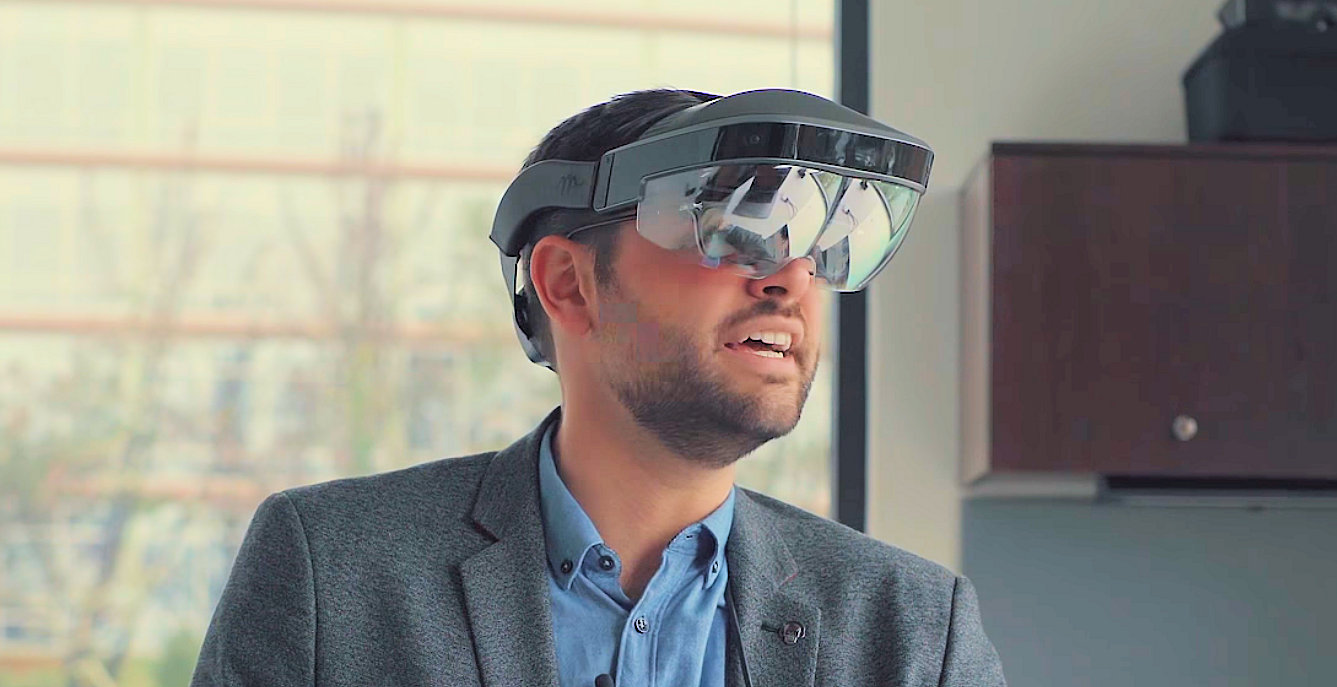
9 months after they initially announced, Meta has finally shipped their Meta 2 developer kit.
For $949 you get the headset above, which offers a high-resolution augmented reality display with a full 90 degree field of view.
While only 1/3rd to 1/5th the price of the HoloLens however it appears you may end up getting what you are paying for.
Rather than using a wave guide display like the HoloLens and other augmented reality headsets, the device use a high-resolution 2560 x 1440 screen which reflects onto a half-silvered display in front of your eyes, which we assume is a much cheaper technology, but results in a rather bulky, protuberant and somewhat comedic headset.

Compared to the HoloLens is also does not scan the environment using sensors, and manages Inside-out 6 degrees of freedom sensing by visually processing the environment and extracting relevant movement and also the usual inertial sensors as found in a smartphone. This again is a much cheaper technology, but results in the holograms produced by the device being somewhat jittery and not being solidly anchored to the environment.
The headset is also tethered to an external PC (Windows 8 or Windows 10), and while this could be a laptop it is still far from a self-contained device like the HoloLens. All of these issues were present when the headset was shown off in March 2016 and do not appear to have improved in the intervening 9 months.
The headset is also very far off their original vision from 2013 (above), which was a self-contained headset with a built-in Kinect-like scanner for hand gestures, which now appears to have disappeared from their company’s roadmap.
The headset has some advantages of course, including being much cheaper, letting you display your Windows 8 or 10 apps in the Hologram and offering very good support for natural interactions using your hands.
Meta claims the vast majority of Fortune 500 companies, car design companies and Hollywood 3D companies have already pre-ordered the headset, such that they expect shortages in 2017.
Ryan Pamplin, Meta’s vice president of sales and partnerships, insisted that, for now, his company considers the HoloLens and Magic Leap effectively partners in “jointly convincing the world that the next paradigm of computing is augmented reality,” even if Microsoft’s motivation for the HoloLens was to “maintain market share,” and Magic Leap wants to “turn your world into Harry Potter,” while Meta aimed to put a digital layer on top of the real world that was contextually relevant.
See Meta’s official unboxing video below:
https://youtu.be/Ez0xwRgtA3w
If the device still tickles your fancy you can read more about itat Meta Vision here.

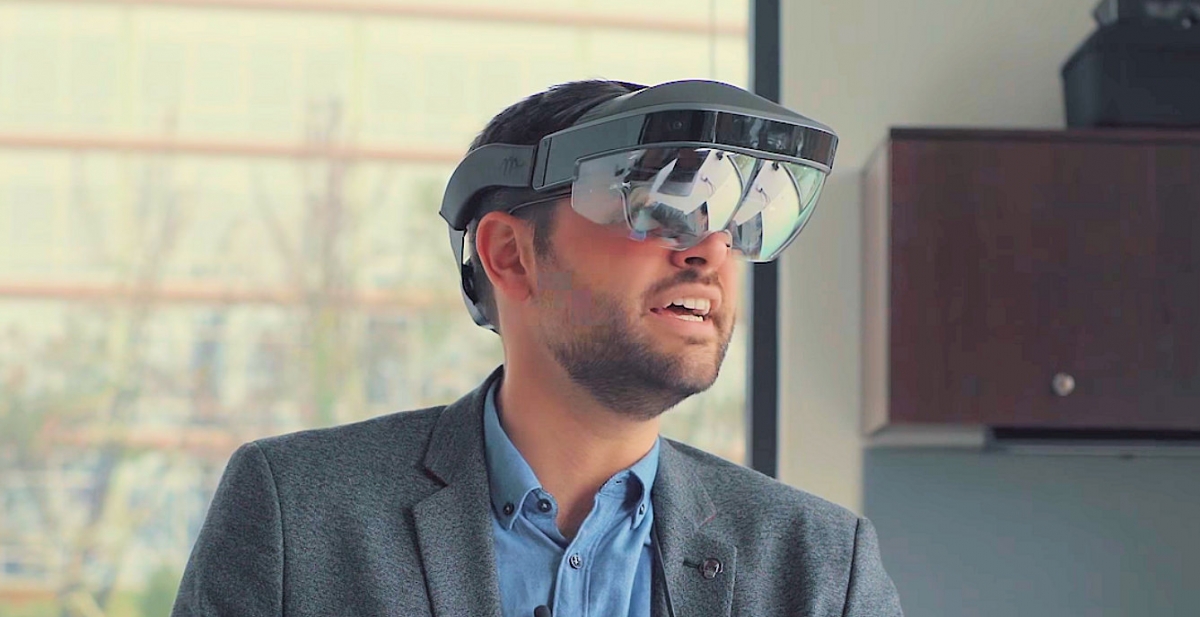
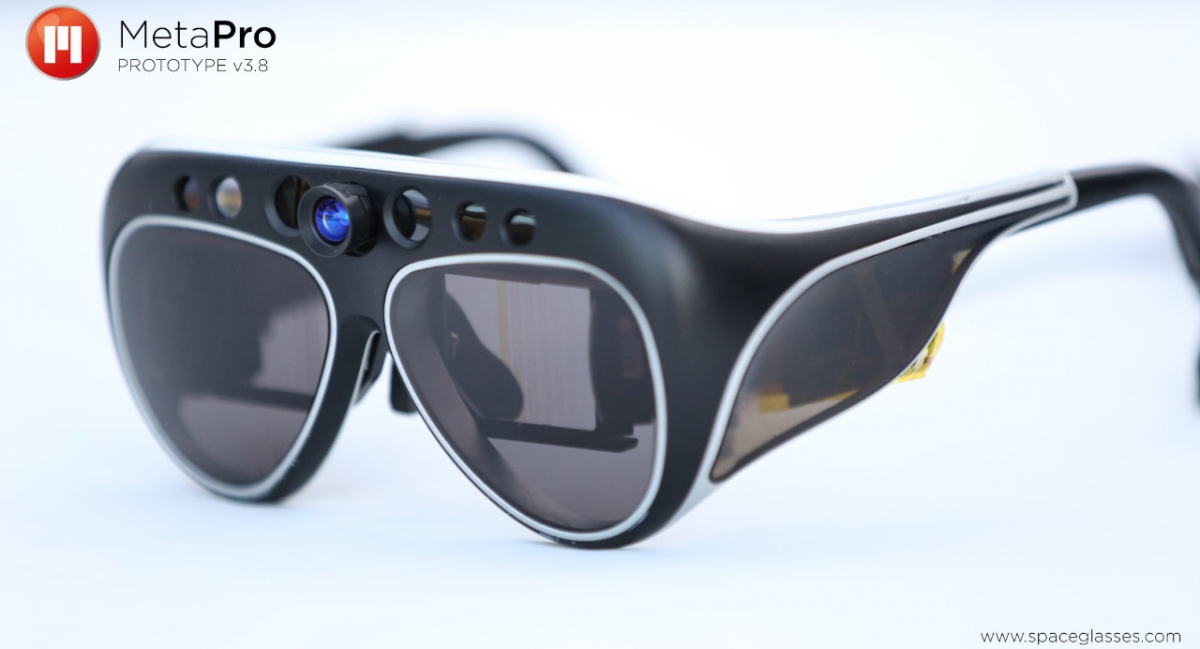
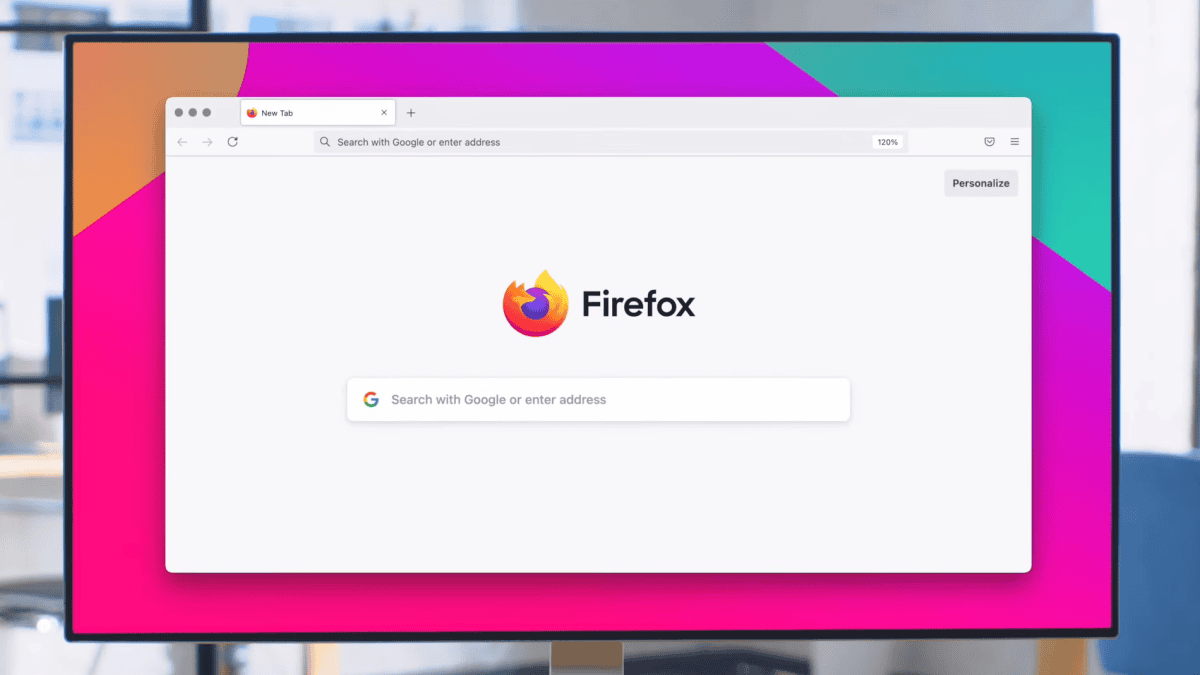
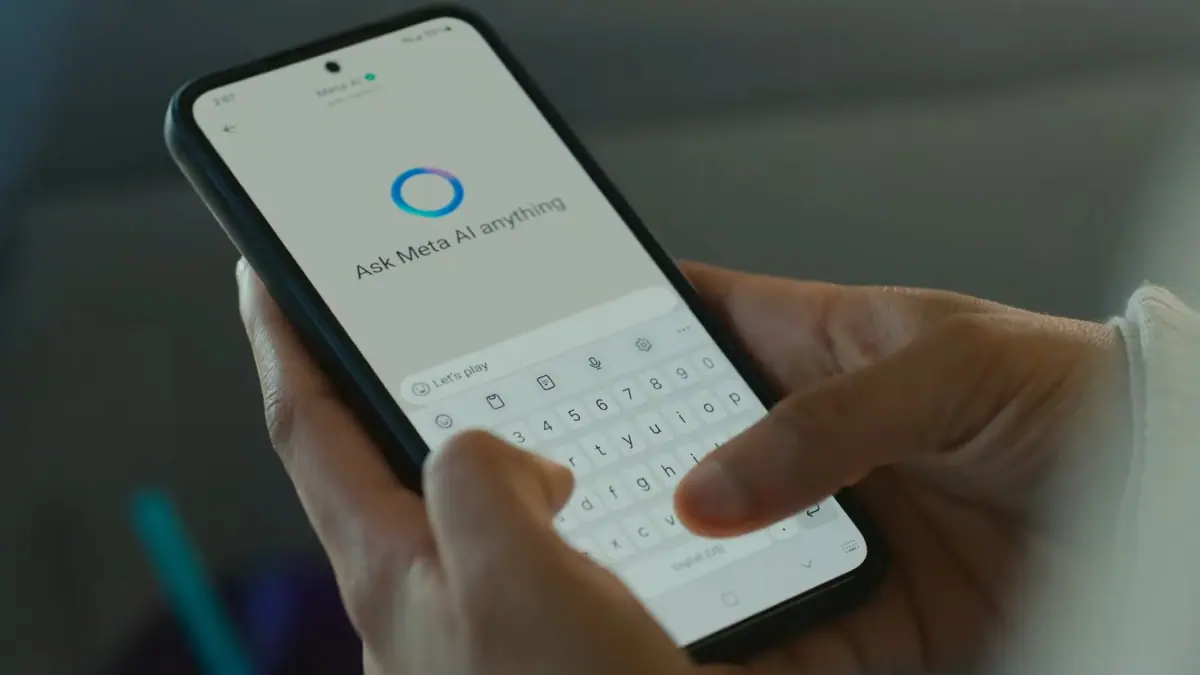

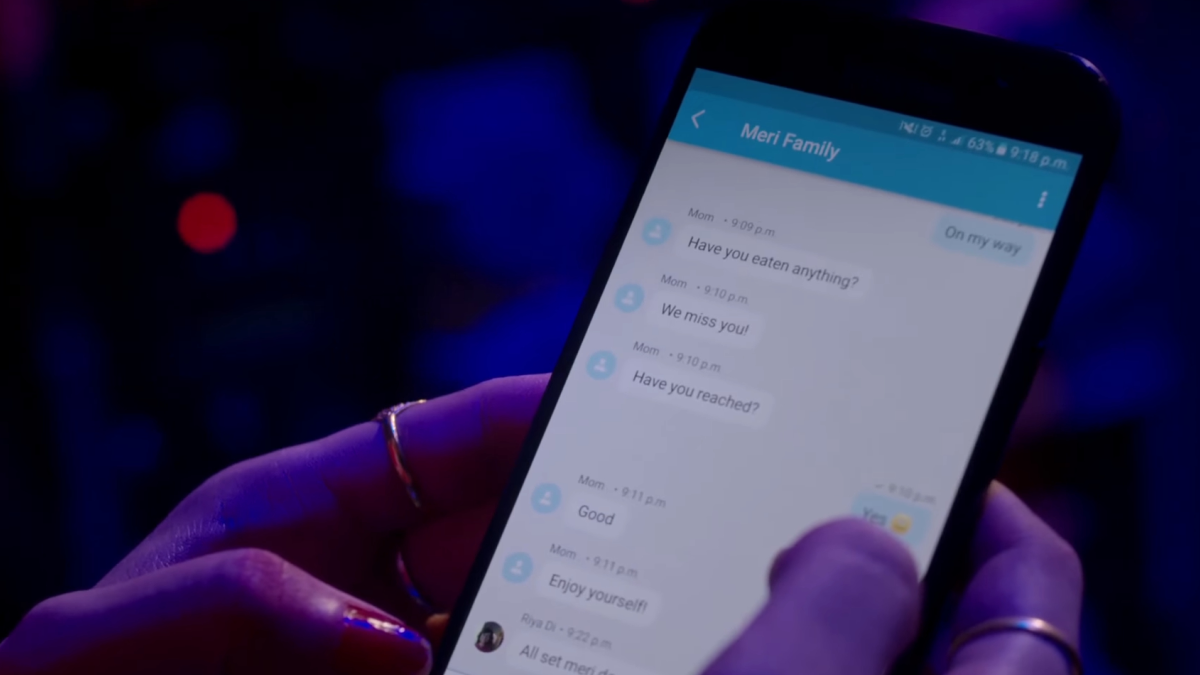

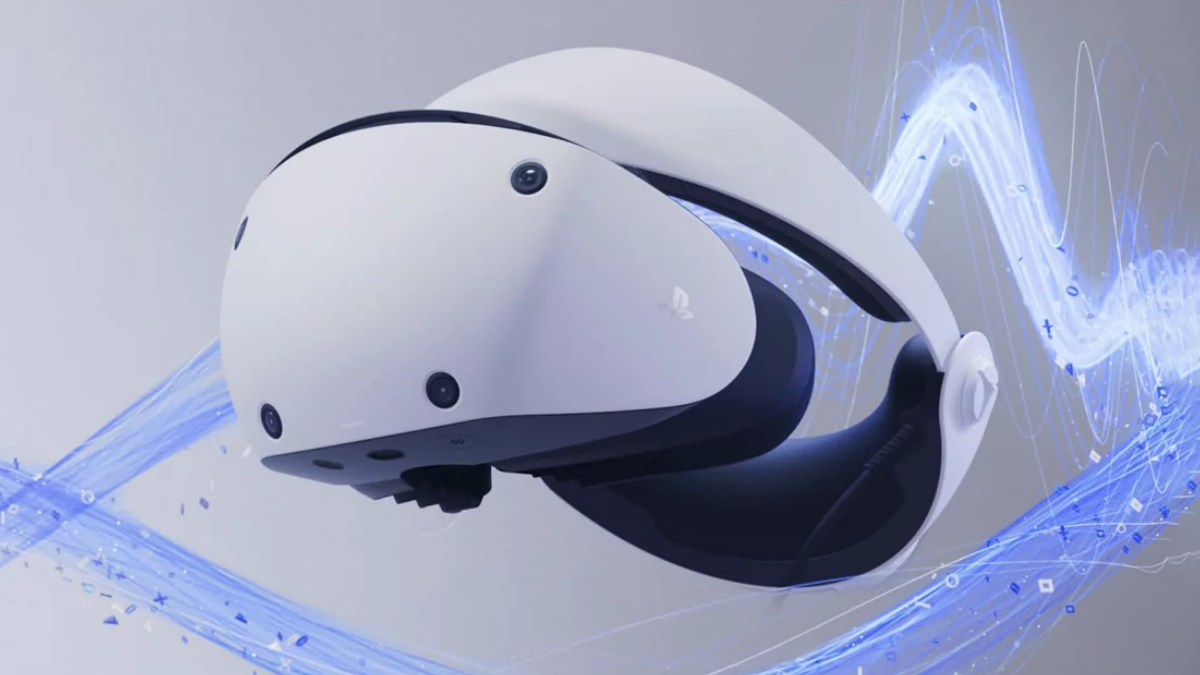
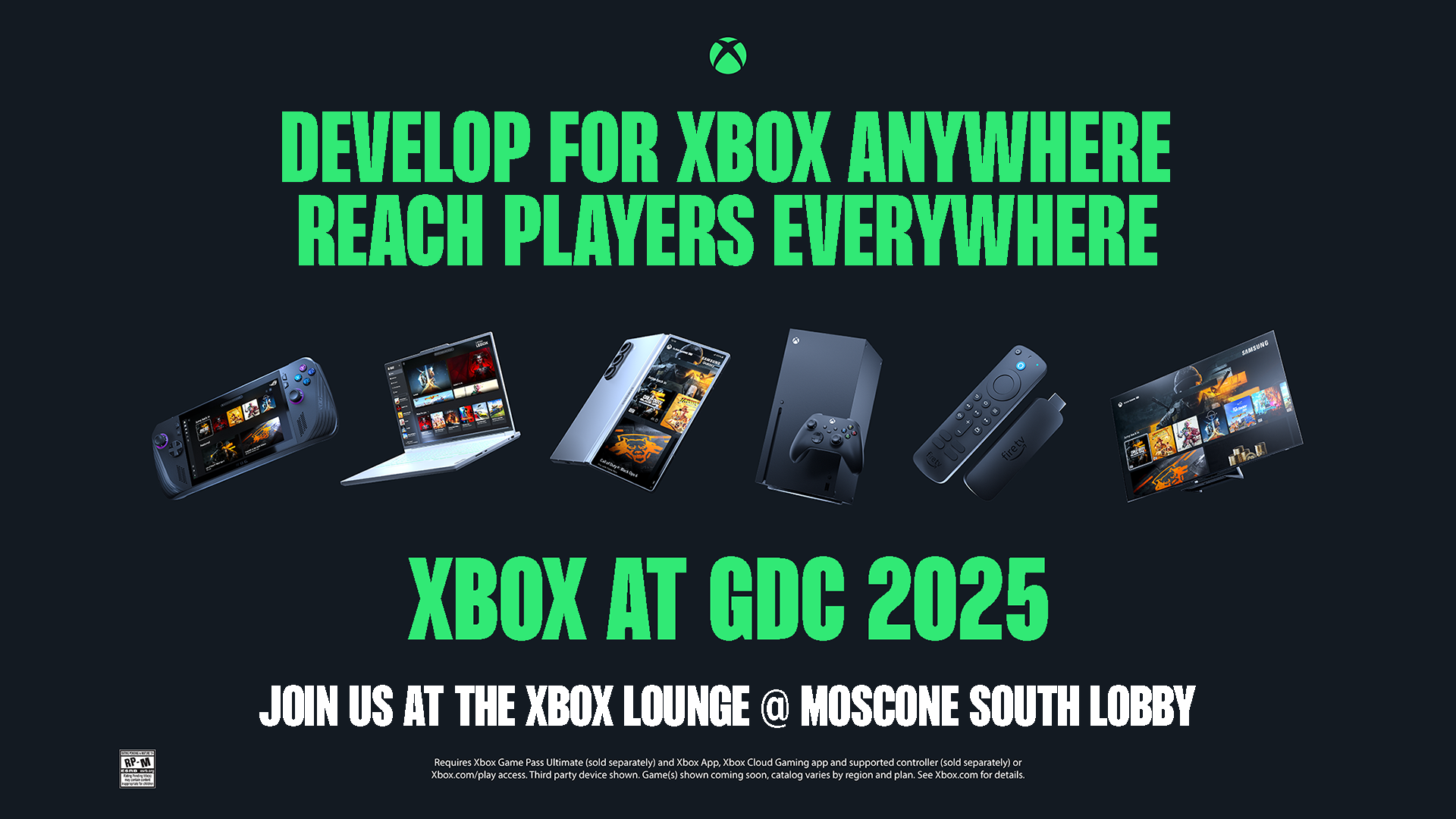
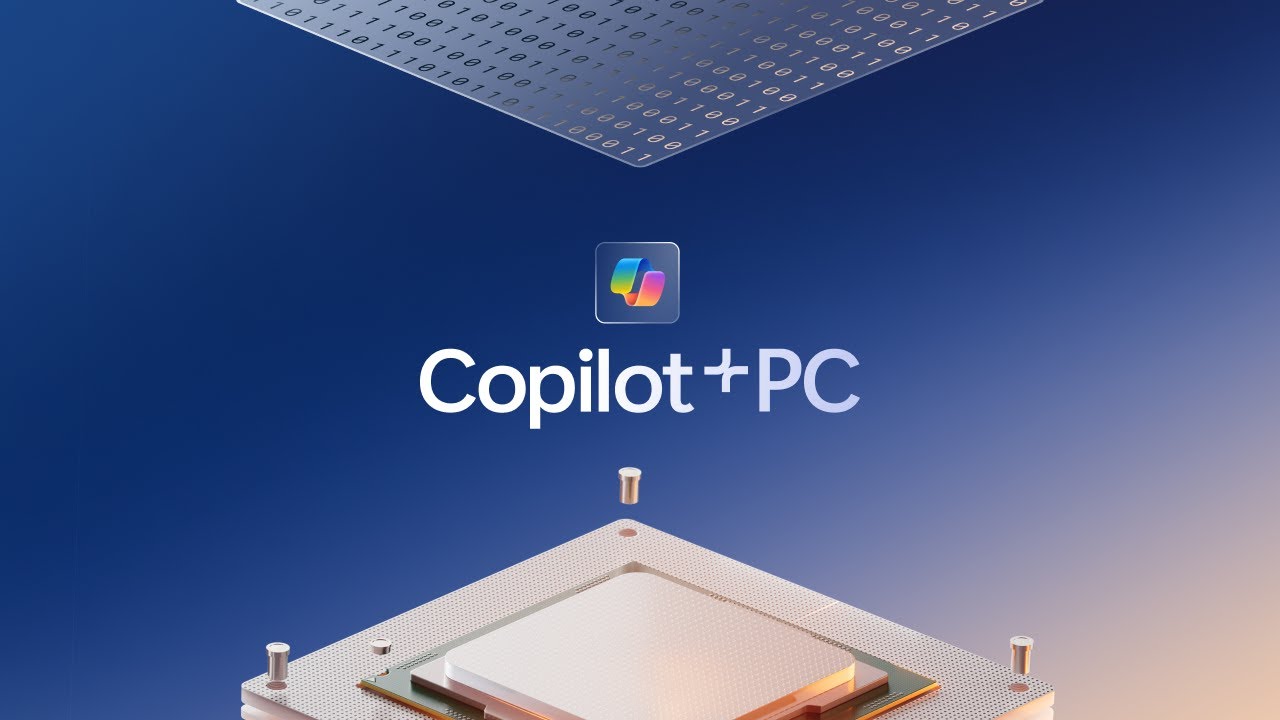
User forum
0 messages